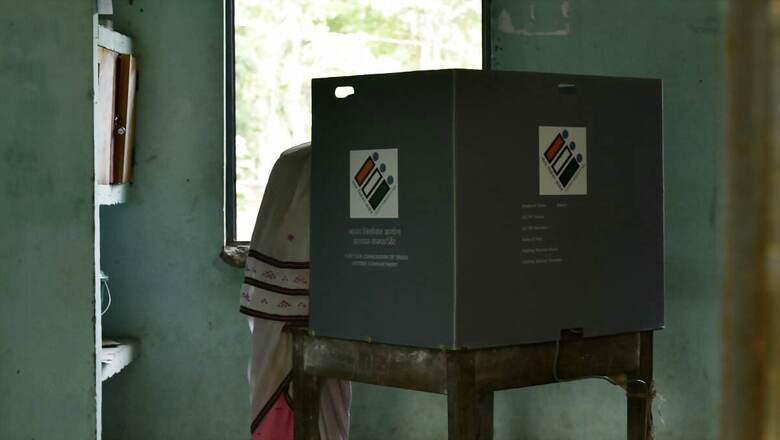
views
Caste balance, demand for autonomy in some areas, financial packages for tea garden workers, and the implementation of the CAA – these are some of the major and most sensitive factors that North Bengal will vote for this Lok Sabha election. The first two phases of Lok Sabha polls in the region, that include a total of six constituencies, seem to be the crucial phases for both Trinamool Congress and Bharatiya Janata Party (BJP) for more than one reason. While Alipurduar, Jalpaiguri, and Cooch Behar will vote on April 19, Raiganj, Balurghat, and Darjeeling will go to polls on April 26.
The stakes are so high that West Bengal Chief Minister Mamata Banerjee and her nephew Abhishek, who is also the national general secretary of the party, embarked on an ‘aggressive’ campaign in the region. Prime Minister Narendra Modi is also scheduled to hold almost half a dozen rallies in north Bengal.
The ruling Trinamool is loooking to wrest control of the region, seen as the fort of the BJP, while the BJP needs to defend its turf. The BJP had won all these six constituencies in the 2019 Lok Sabha polls. Of the six seats, three come under reserved category, two of them are SC (Scheduled Caste) seats, while one is reserved for ST (Scheduled Tribe). In a significant shift in the political equation in the region, Trinamool Congress won in 20 of 42 assembly constituencies in this area in 2021, while BJP held its ground on 22 seats.
The Electoral Pattern
A close look at the electoral history of this region shows that the six seats voted for parties in a pattern. In the past three elections, between 2009 and 2019, this area voted for the Left Front in 2009, for Trinamool Congress in 2014 and for the BJP in 2019. Five of six seats went to the Left in 2009, four of six were won by Trinamool in 2014 and all six were secured by BJP in 2019. In the past decade, this region saw vote swings depending on the issues and demands.
It remains to be seen whether or not the BJP manages to hold its ground in north Bengal, bringing balance to the sub-regional aspirations. The region is complex with several caste and tribe groups, issues of separate state and UT, and above all – its proximity to international borders. The region has more than 60 ethnic groups which include Rajbanshi, Kamtapuri, Gorkhas, Nepalese, and several tribals factions.
The Rajbanshi and CAA Factor
The Rajbanshis are a numerically small group that partly comprises Hindu refugees from Bangladesh. They stood by the BJP, which won nine of the 11 seats dominated by this Dalit community in North Bengal in 2021 assembly elections and two Lok Sabha seats in 2019 parliament elections. The ethnic group is divided into two factions, one is indigenous to Bengal and the other includes those who have come in from across the border, Bangladesh. Both factions wanted the CAA to be implemented.
According to the government data, the Rajbanshis and other Namasudra groups that form a population of at least 40 lakh in the districts of Jalpaiguri, Coochbehar and Darjeeling are divided into two groups. The indigenous groups want the refugee ones to be identified under the CAA, while the refugee group wants CAA for citizenship.
There has been an ethnic and political rivalry among them about the insider-outsider factors. That’s why the whole Rajbanshi population that has been with the BJP for the past six-seven years has voted for them as a block. It is a complicated calculation that the BJP has done well, said experts, speaking to News18.
Border Seat, and Demand For More Autonomy
Darjeeling Lok Sabha constituency is one of the complex seats in the state. It is an important segment for the BJP, not just for electoral purposes but also for its sensitive and strategic location. Darjeeling is at the tri-junction of three international borders.
The local hill parties have split, while the senior Gorkha leaders have been floating around from one mainstream political party to another. The hill constituency has raised demands for a separate state and witnessed violent politics and bloodshed over the Gorkhaland movement. It also witnessed a sinking economy owing to indefinite strikes and unabated violence over the past three decades until 2017.
With BJP ushering into the region, political equations changed. The demand for Gorkhaland state faded with time and change of political scenario, as the Gorkha parties now look for a permanent solution for Gorkhas, more autonomy and ST status for 11 hill tribes.
















Comments
0 comment